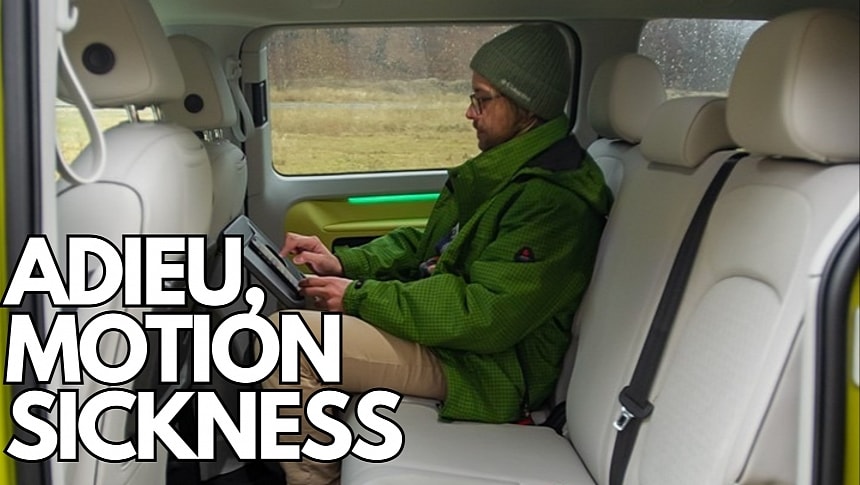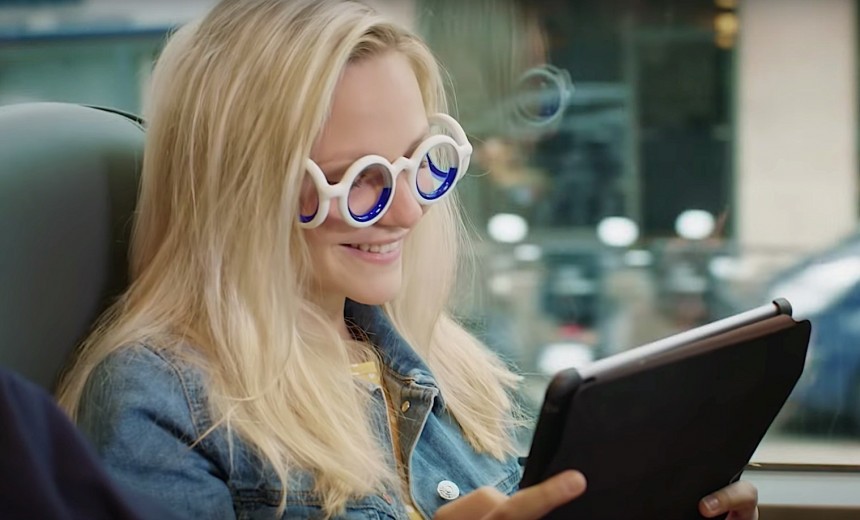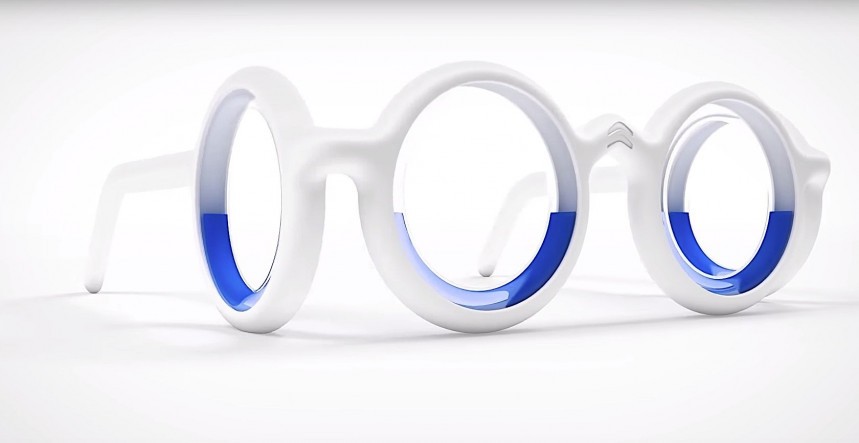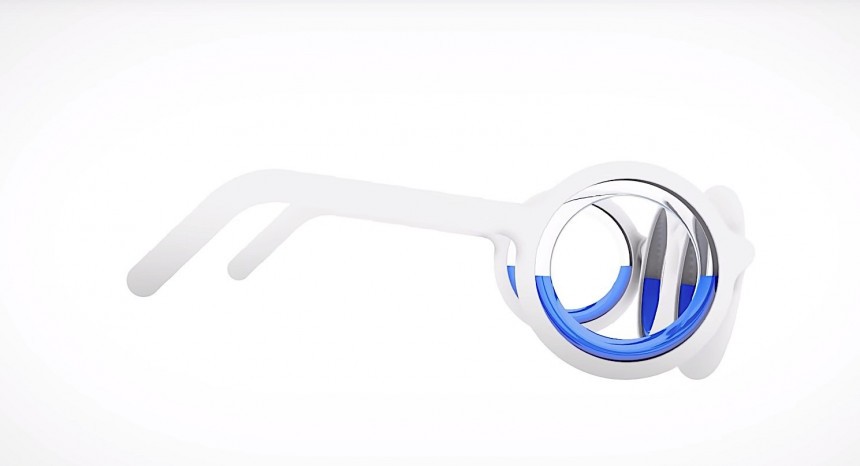Motion sickness has been around for as long as humanity can remember, but scientists are still struggling to understand why some groups of people are more affected than others.
It's estimated that approximately 1 in 3 people are likely to suffer from motion sickness, albeit not everybody experiences the symptoms.
However, each and every one of us suffers from motion sickness, although not in the traditional way that characterizes the condition. For example, people who have absolutely no problem traveling in a car can feel the same unwellness when getting on a rollercoaster or a Formula 1 car.
Scientists believe that if the motion is intense enough, it eventually causes the same symptoms as the "standard" condition affecting people exposed to less severe motion.
The most common symptoms of motion sickness are dizziness, nausea, sweating, and vomiting. Some people also report headaches and drowsiness.
Big pharma has long been trying to find a way to address motion sickness, and while they developed drugs that could prevent certain symptoms, nobody found a way to prevent motion sickness altogether. This stems from the fact that scientists couldn't determine why some people are more susceptible than others to experience motion sickness, with some studies revealing that the condition seems to be genetic.
However, this doesn't apply to every individual, and I can speak for myself on this phone. My mother suffers from severe motion sickness and experiences the full symptom package, including nausea and vomiting, every time she gets in a car. On the other hand, neither I nor my son suffer from this problem.
Research shows that women and children are more likely to experience motion sickness.
Enter Apple.
The Cupertino-based iPhone maker recently announced a new pack of accessibility features coming to its devices with the iOS 18 update in the fall. One of the highlights is a feature called "Vehicle Motion Cues," whose feature is not to prevent motion sickness but to reduce it to a degree where it no longer makes every second in a car a nightmare.
Because many people experience motion sickness when looking at something else besides the road ahead, Apple believes that it can reduce the symptoms by improving how your eyes communicate with the brain. Others have tried, too, including carmakers, such as Citroen, with devices like the one pictured here.
The company explains that motion sickness is a so-called sensory conflict between what a car passenger sees and feels. In plain English, when you're in a car and using your iPhone, you see a static screen in front of your eyes, but your body feels every turn the car makes. You could eventually get nauseous and feel dizzy, and some people can only get rid of these symptoms by walking a few steps and taking a few deep breaths.
Because the symptoms could "prevent some users from comfortably using iPhone or iPad while riding in a moving vehicle," Apple developed a system called Vehicle Motion Cues to improve how your eyes communicate with the brain.
The feature will add animated dots on the edge of the screen, which will react to every move the car makes. Your iPhone already knows when the vehicle makes a turn thanks to its integrated sensors (this is how features like Crash Detection work), so the device can update the dots to reflect these changes.
Apple says its tests determined that the integrated sensors can detect automatically when an iPhone user is in a moving vehicle, and the animated dots can be activated on the screen to prevent motion sickness. However, users will also have dedicated toggles in the Control Center to enable and disable the feature.
The easiest way to understand how the dots on the screen reflect every vehicle movement change is to look at Apple's video demonstration (embedded below).
Vehicle Motion Cues will be available as an iOS 18 feature. The new operating system will debut in September, per Apple's typical release calendar, but it's unclear if it'll support the same iPhone models as iOS 17. Apple will release a preview build of the next iPhone operating system update next month at the WWDC conference.
iOS 18 will also include other changes to the car experience, including new Apple Maps features. After the debut of offline maps in iOS 17, Apple is now ready to add custom routes to Apple Maps, allowing users to plan a journey on a computer and forward the route to an iPhone and CarPlay via the Apple ID. The new feature is part of Apple's efforts to turn Apple Maps into a more advanced navigation solution, alongside the debut of the detailed city experience. The company is also expected to announce an expansion of the DCE next month, especially as the long overdue update is missing in most parts of the world. The DCE includes Apple in-house maps with 3D models, improved navigation, and incident reporting similar to Google Maps.
However, each and every one of us suffers from motion sickness, although not in the traditional way that characterizes the condition. For example, people who have absolutely no problem traveling in a car can feel the same unwellness when getting on a rollercoaster or a Formula 1 car.
Scientists believe that if the motion is intense enough, it eventually causes the same symptoms as the "standard" condition affecting people exposed to less severe motion.
The most common symptoms of motion sickness are dizziness, nausea, sweating, and vomiting. Some people also report headaches and drowsiness.
Big pharma has long been trying to find a way to address motion sickness, and while they developed drugs that could prevent certain symptoms, nobody found a way to prevent motion sickness altogether. This stems from the fact that scientists couldn't determine why some people are more susceptible than others to experience motion sickness, with some studies revealing that the condition seems to be genetic.
Research shows that women and children are more likely to experience motion sickness.
Enter Apple.
The Cupertino-based iPhone maker recently announced a new pack of accessibility features coming to its devices with the iOS 18 update in the fall. One of the highlights is a feature called "Vehicle Motion Cues," whose feature is not to prevent motion sickness but to reduce it to a degree where it no longer makes every second in a car a nightmare.
Because many people experience motion sickness when looking at something else besides the road ahead, Apple believes that it can reduce the symptoms by improving how your eyes communicate with the brain. Others have tried, too, including carmakers, such as Citroen, with devices like the one pictured here.
Because the symptoms could "prevent some users from comfortably using iPhone or iPad while riding in a moving vehicle," Apple developed a system called Vehicle Motion Cues to improve how your eyes communicate with the brain.
The feature will add animated dots on the edge of the screen, which will react to every move the car makes. Your iPhone already knows when the vehicle makes a turn thanks to its integrated sensors (this is how features like Crash Detection work), so the device can update the dots to reflect these changes.
Apple says its tests determined that the integrated sensors can detect automatically when an iPhone user is in a moving vehicle, and the animated dots can be activated on the screen to prevent motion sickness. However, users will also have dedicated toggles in the Control Center to enable and disable the feature.
Vehicle Motion Cues will be available as an iOS 18 feature. The new operating system will debut in September, per Apple's typical release calendar, but it's unclear if it'll support the same iPhone models as iOS 17. Apple will release a preview build of the next iPhone operating system update next month at the WWDC conference.
iOS 18 will also include other changes to the car experience, including new Apple Maps features. After the debut of offline maps in iOS 17, Apple is now ready to add custom routes to Apple Maps, allowing users to plan a journey on a computer and forward the route to an iPhone and CarPlay via the Apple ID. The new feature is part of Apple's efforts to turn Apple Maps into a more advanced navigation solution, alongside the debut of the detailed city experience. The company is also expected to announce an expansion of the DCE next month, especially as the long overdue update is missing in most parts of the world. The DCE includes Apple in-house maps with 3D models, improved navigation, and incident reporting similar to Google Maps.











